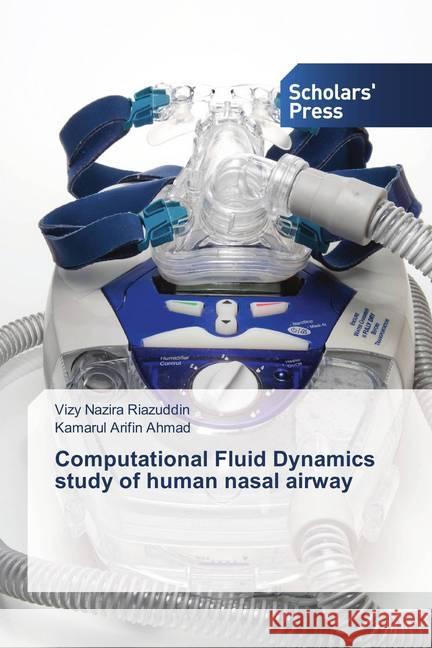Computational Fluid Dynamics study of human nasal airway » książka
Computational Fluid Dynamics study of human nasal airway
ISBN-13: 9786202307123 / Angielski / Miękka / 2018 / 124 str.
Understanding the properties of airflow in the nasal cavity is very important in determining the nasal physiology and in diagnosis of various anomalies associated with the nose. Inter-human anatomical variation for the nasal cavity exists and also differences on physiological morphology are observed based on gender. No specific numerical modeling studies have been carried out to compare and ascertain the effect of gender on flow variable inside the nasal cavity. Also numerical modeling involves various simplifications, for example the postural effect and appropriate boundary conditions which affect the outcome of the airflow studies. The present work involves development of three-dimensional nasal cavity models using computed tomographic images of healthy Malaysian females. A steady state continuity and Navier stoke equations were solved for both inspiratory and expiratory mechanism with flow rates ranging from 7.5 to 15 L/min as laminar and 20 to 40 L/min studies were simulated depicting turbulent flow conditions. Computational fluid dynamics (CFD) analysis provided effective visualization of the flow features inside the nasal cavity.











